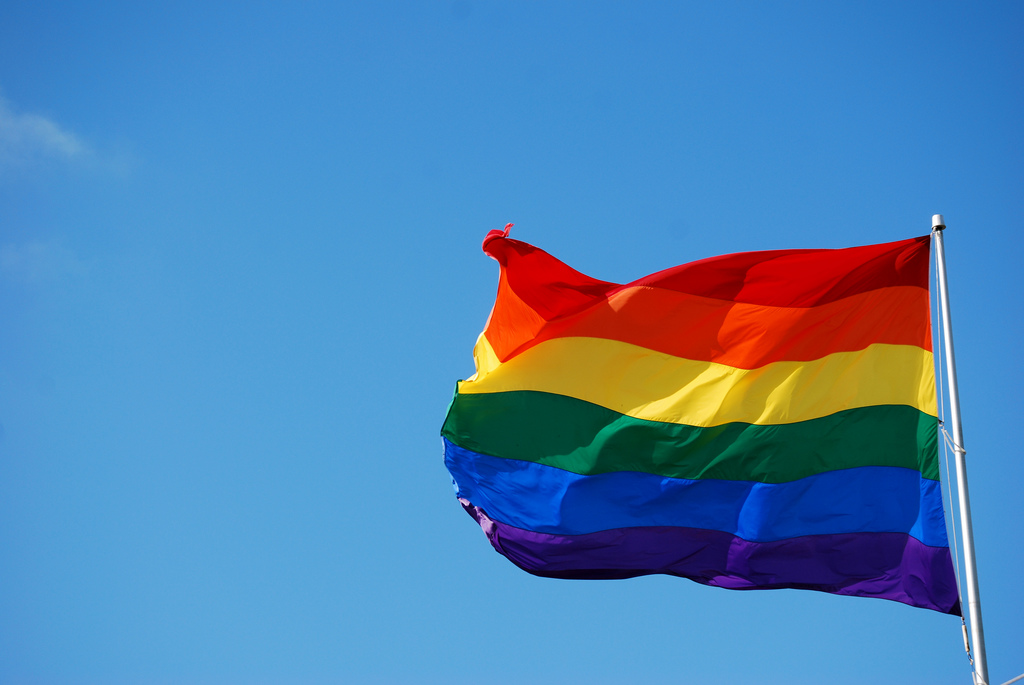25 years ago, the Board of Immigration Appeals held that people fleeing persecution based on their sexual orientation are eligible for asylum. Just months later, President George H.W. Bush lifted a ban which excluded lesbian, gay, bisexual, and transgender (LGBT) immigrants from entering the country. A recent report by the Center for American Progress (CAP) assesses whether LGBT people are able to access the U.S. asylum system and how effectively the United States is protecting LGBT people fleeing persecution in their home countries.
Currently 76 countries have laws “that criminalize and harass people on the basis of their sexual orientation or gender identity and expression.” In addition to these criminal laws, many LGBT people confront “a culture of discrimination and persecution in which the government is unable or unwilling to provide protection. As a result, it is crucial that the United States make accessible asylum protections for those fleeing persecution in their home countries. The report examines several aspects with the current system that work against LGBT asylum seekers, including:
1. Detaining LGBT asylum seekers reduces their chances of being granted asylum.
The CAP report finds that LGBT immigrants are often unnecessarily held in detention, which in turn harms their ability to seek asylum and leads to an “arbitrarily result in a legitimate asylum seeker being deported back to unsafe conditions legitimate asylum seeker being deported back to unsafe conditions or even to their death.” The report also highlights a finding by the Office of the U.N. High Commissioner for Human Rights that “LGBT people in [U.S.] detention have been subject to cruel, dehumanizing treatment.”
2. LGBT asylum seekers disproportionally miss the one-year filing deadline for asylum.
In general, a noncitizen must apply for asylum within one year of arriving in the United States. According to Human Rights First, there is 10 percent difference in the rate at which LGBT asylum applicants miss the one-year filing deadline. This is primarily due to the hesitation of revealing their sexual orientation or gender identity after living in their home countries where they faced persecution.
3. The immigration court backlogs harms LGBT asylum seekers.
Unlike resettled refugees, asylum seekers are not provided financial assistance or benefits from the government while their case is pending. This creates a great financial hardship, especially because asylum seekers often are not eligible for work authorization for an extended period of time. The massive court backlog effectively thwarts any asylum seeker’s attempts at financial subsistence.
To address these problems and others, the report recommends that LGBT asylum seekers be afforded legal counsel and that immigration officers and judges be trained on LGBT issues. CAP calls for an end to unnecessary, widespread detention, as well as the one-year filing deadline.
The report also proposes that the U.S. government more thoroughly record information about LGBT immigrants and asylum seekers. According to the report, “there is still no accurate measure of how many LGBT people seek protection in the United States every year or what happens to people seeking protection without counsel. Further, the rate of representation for LGBT people compared with non-LGBT asylum seekers is unknown.” Given that the government lacks solid information about those seeking protection in the United States, it is difficult to enact policies that ensure adequate protections.
Despite the progress that has been made in the last 25 years with respect to LGBT immigrants, the U.S. still has room to grow to ensure that asylum is accessible to all who need it.
Photo by Karen DeSuyo.
FILED UNDER: featured, LGBTQ


